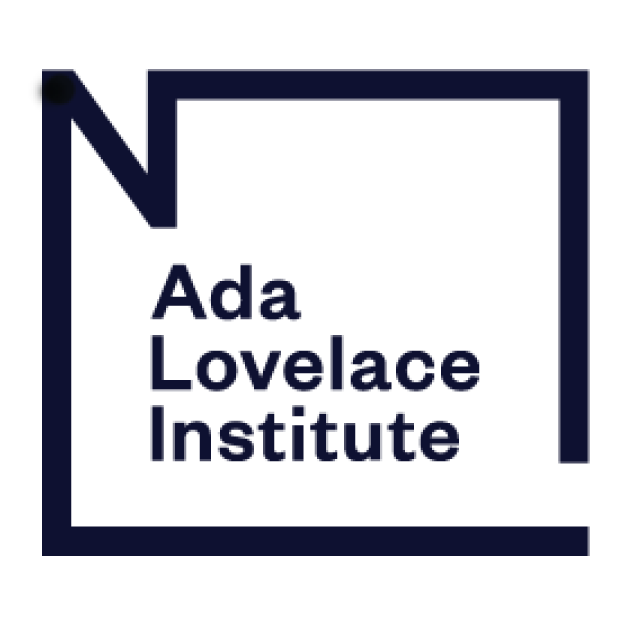
Teresa Berndtsson / Better Images of AI / Letter Word Text Taxonomy / CC-BY 4.0
Addressing the challenges involved in the development, deployment and use of responsible AI across myriad societal and sector contexts requires deeply interdisciplinary and collaborative approaches to research. The Bridging Responsible AI Divides (BRAID) Fellowships and our funders at the Arts and Humanities Research Council are determined to embrace this approach.
The field of AI comprises a complex ecosystem of actors, stakeholders, researchers and publics. Yet as explained in our earlier blog post, too often the evaluation of excellence and breakthroughs in the technology sector prioritise scientific and technical innovation over social and ethical innovation.
The first round of fellowships presents a unique opportunity to explore and understand empirically the contributions that the arts and humanities can make to the AI ecosystem and the implications for this kind of research across different applied contexts.
Research methods from the arts and humanities originate in the fields of arts, literature, philosophy, history, and cultural studies yet are invaluable tools for researchers across many disciplinary divides. They emphasise qualitative analysis, interpretation, and subjective understanding, and allow researchers to explore complex human experiences, cultural phenomena, and social contexts. They inform projects like the Advanced Care Research Centre, AI Forensics, Transkribus, Senseful AI and Living with Machines. They are crucial to any technology-enabled world that seeks to support and benefit human flourishing. Yet their utility beyond core subject areas in fields like responsible AI is often underappreciated, underdeveloped and underutilised. It is a particular divide that the BRAID Fellowships promise to bridge.
An overview of common research methods and practices within the arts and humanities makes immediately apparent the promise that the arts and humanities can make to our technologically-enabled world:
- Qualitative Research: Qualitative research methods are commonly employed in the arts and humanities to study subjective experiences, cultural practices, and social phenomena. Techniques such as ethnography, interviews, case studies, and content analysis help researchers gain a deeper understanding of the complexities and nuances within human experiences and cultural contexts.
- Historical Analysis: Historical research involves the critical examination of past events, cultures, and societies. Historians often use primary sources, archival materials, and various historical texts to analyse and interpret historical narratives and reconstruct past events. This method enables researchers to understand the evolution of cultures, ideas, and societies over time.
- Literary Analysis: Literary research involves the critical analysis and interpretation of literary texts such as novels, poems, and plays. Researchers often apply various approaches, including close reading, deconstruction, and cultural criticism, to explore themes, symbols, and narrative techniques within the text. Literary analysis allows researchers to uncover deeper meanings and understand the cultural and social contexts in which the texts were produced.
- Arts-Based Research: Arts-based research methods integrate artistic practices such as visual arts, music, dance, and performance into the research process. Researchers use creative expression and artistic mediums to investigate complex social and cultural issues, often emphasising the use of visual imagery, storytelling, and creative representation to convey research findings and explore diverse perspectives.
- Philosophical Inquiry: Philosophical research involves critical thinking and reasoning to address fundamental questions about existence, knowledge, ethics, and the nature of reality. Philosophers often employ conceptual analysis, argumentation, and logical reasoning to examine complex theoretical and ethical issues, contributing to broader discussions within the humanities.
- Cultural Studies: Cultural studies research focuses on the analysis of cultural practices, identities, and social dynamics within specific cultural contexts. Researchers draw from interdisciplinary perspectives, incorporating methods from sociology, anthropology, and literary studies to investigate the production, circulation, and consumption of cultural artifacts and practices, including media, art, and popular culture.
- Interdisciplinary Approaches: Many research projects in the arts and humanities adopt interdisciplinary approaches that integrate methodologies from multiple disciplines. Researchers combine insights from various fields to explore complex issues, fostering a comprehensive understanding of cultural, social, and historical phenomena from diverse perspectives.
By employing these diverse research methods and practices, our cohort of BRAID fellows have a unique opportunity to directly contribute to a richer and more nuanced understanding of how responsible AI interacts with human experiences, cultural dynamics, and the complexities of contemporary society, and the risks and benefits posed by developments in AI.
Therein lies the promise of the BRAID fellowships model.
Gavin Leuzzi
BRAID Fellowships Lead





